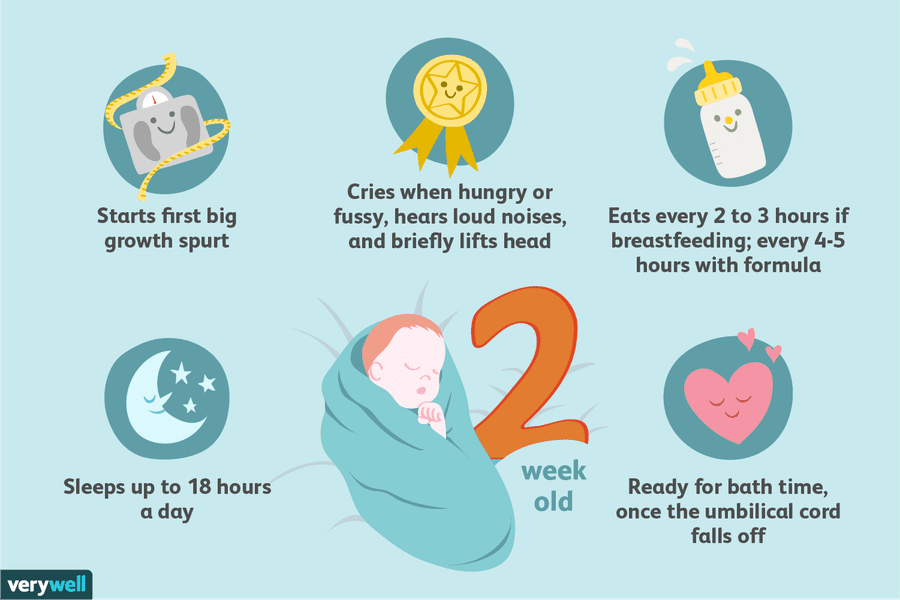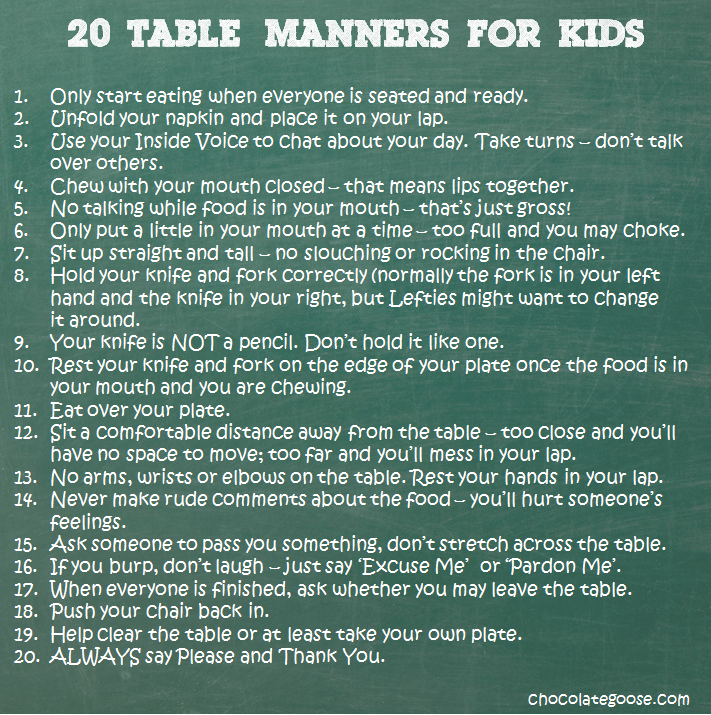Bliss baby feeding
What Does It Consist Of?
The BLISS method is a modified version of baby-led weaning that’s used once complementary feeding is initiated in infants. As a general rule, this is from the sixth month of life. This protocol has been developed by a pediatrician and is based on offering solid pieces of food to little ones so that they can manipulate and consume them without the intervention of adults.
In this case, unlike the classic version, emphasis is placed on the need to include in the child’s routine food with a high iron content and another food with a high energy density. There should also be a fruit or a vegetable included, and recommendations are made regarding the presentation of the foods to avoid possible choking. It’s best if the texture is soft enough for the child to swallow comfortably.
Why is it important to include food with a high iron content?
Including foods containing iron helps to distribute oxygen to all tissues through the blood.Iron is an essential mineral that should appear in the diet frequently. Among other things, it ensures the transport of oxygen through the blood to all tissues of the body. However, when the blood volume increases due to the growth process, it’s possible for little ones to experience deficiencies of this mineral, which could lead to anemia. This is indicated by a study published in Best Practice & Research.
In addition, it should be noted that the availability of dietary iron isn’t good. For this reason, foods containing iron should be included in the diet on a frequent basis to ensure that all requirements are met. One option is to consume such products with a significant dose of vitamin C, as this enhances intestinal absorption. Normally, when we talk about foods with a high iron content, we’re referring to red meat, fish, legumes, cereals, and nuts.
What advantages does the BLISS method have over traditional baby-led weaning?
As we’ve seen, the BLISS method is a derivative of baby-led weaning, although with certain modifications that give it certain advantages. Here are some of them.
Here are some of them.
Higher iron intake
In general terms, the BLISS method ensures a higher iron intake than simple baby-led weaning. In addition, it helps to cover energy requirements in the medium term. This is necessary for efficient development and growth and to avoid alterations that could have an impact on the child’s state of health. However, breastfeeding should always be guaranteed for at least the first 12 months of life. Studies have proven that this food produces many benefits in the medium term.
The BLISS method offers necessary nutrients
In the same way, complementary feeding should be planned in such a way that it contains all the essential nutrients and that it offers as varied a diet as possible. It’s important that young children get used to the organoleptic characteristics of different products early on in order to avoid rejection in the future, which could affect their nutritional intake.
The BLISS method is based on the baby’s sense of appetite
It should also be noted that this is a feeding mechanism based on the baby’s appetite and sense of satiety. Learning to manage this binomial correctly could be positive when it comes to reducing the risk of overfeeding in the future. Otherwise, it could lead to gains in fat mass that could alter the levels of inflammation.
After all, the diet in infancy should be slightly hypercaloric, but without going overboard so as not to affect the proper functioning of the physiology of the internal environment.
BLISS method, a modification of baby-led weaning
As you’ve seen, the BLISS method is nothing more than a modification of baby-led weaning. The difference lies in the fact that the former is based on offering foods with a high concentration of iron and energy to ensure that oxygen and nutrients are transported efficiently to the tissues.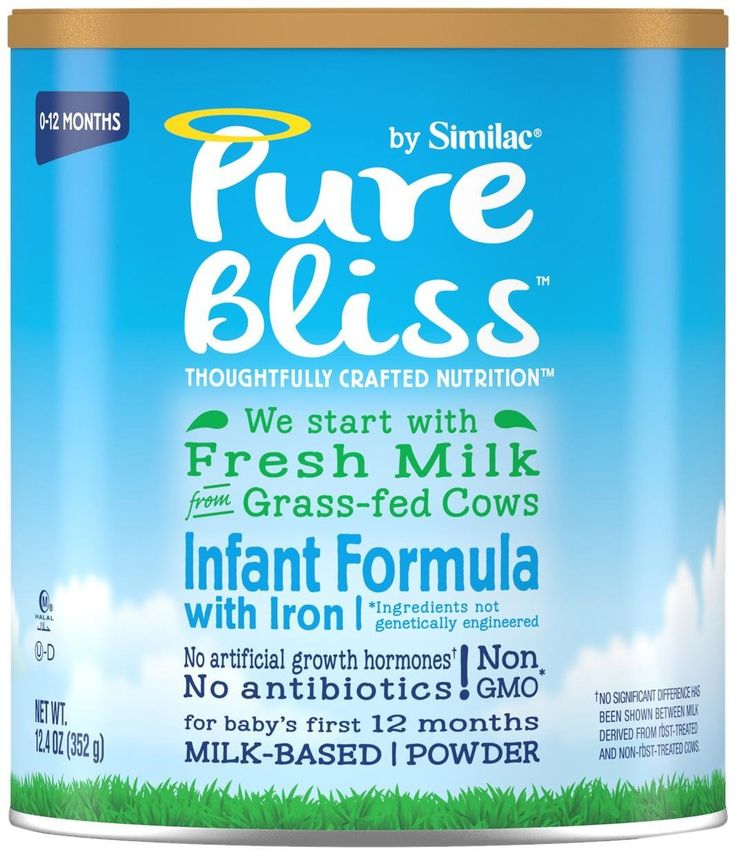 This will prevent diseases such as iron deficiency anemia and will optimize the growth and development processes of little ones.
This will prevent diseases such as iron deficiency anemia and will optimize the growth and development processes of little ones.
Finally, it should be noted that not all types of foods can be included in a baby’s diet. There are guidelines that provide information on the right times to introduce the various types of food. If they’re not respected, this could increase the incidence of allergies or food intolerances, which would condition the child’s diet in the future. If you have any doubts, don’t forget that you can consult a specialist to avoid making mistakes.
Orlando Lactation and Oral MotorBaby Bliss Feeding Collaborative of Central Florida
Central Florida’s Resource for Oral Motor, Lactation, and Infant Feeding Support
Baby B.L.I.S.S. stands for:
Bodywork and Lactation, Integrating Sensory and Support
We are your team of licensed medical professionals providing you with Lactation Support, Body Work, Oral Motor Therapy and Tongue Tie pre and post frenectomy care!
Our International Board Certified Lactation Consultants (IBCLCs) are the providers on the feeding team trained to care for both you and your baby in all your prenatal, postpartum, and feeding needs! We co-treat with our Pediatric Occupational Therapist, Physical Therapist and Speech Language Pathologist trained to care for your baby from birth and beyond!
Check Your Coverage!
The ways we support you and your baby
-
Co-Treatments & Collaborative Care
LEARN MORE
-
Tongue Tie Support
LEARN MORE
-
Lactation & Pumping Support
LEARN MORE
-
Oral Motor & Occupational Therapy
LEARN MORE
-
Craniosacral Therapy
LEARN MORE
-
Group Classes
LEARN MORE
BOOK NOW
Even with as much as I knew already, I feel like I learned a ton. I feel way more equipped now to help him out more at home with exercises…I feel more comfortable nursing him in koala position and know how to get him there! I have a better idea of what purposeful play looks like for him too. Also that CST sessions are a live saver! He’s so much more relaxed now!
I feel way more equipped now to help him out more at home with exercises…I feel more comfortable nursing him in koala position and know how to get him there! I have a better idea of what purposeful play looks like for him too. Also that CST sessions are a live saver! He’s so much more relaxed now!
— B. Leefers, Baby BLISS Camp Mama
How easy it is to wean a baby
November 13, 2016
Breastfeeding an infant is an important part of a child's development. Breast milk is still the best food for children, as it is enriched with useful elements (various vitamins and minerals) that strengthen the baby's immunity, protecting it from negative influences. According to experts, breastfeeding should be as long as possible. However, sooner or later you will need to abandon this method of feeding. And this process is very difficult. nine0005
The child is very accustomed to breast milk, and the longer the breastfeeding, the stronger he becomes attached to his mother. This in itself is, of course, not bad. But in the future, when the child grows up, he will not become independent enough, and will always turn to his mother for help. Therefore, it is worth trying to wean in time, and how to do it right and until what period you should feed you can find out more here. And in more detail we will tell here about how to wean a baby (baby) from the chest without any problems. nine0005
This in itself is, of course, not bad. But in the future, when the child grows up, he will not become independent enough, and will always turn to his mother for help. Therefore, it is worth trying to wean in time, and how to do it right and until what period you should feed you can find out more here. And in more detail we will tell here about how to wean a baby (baby) from the chest without any problems. nine0005
If the child has allergic reactions or serious illnesses, rapid weaning is not recommended. And the reason for this is that:
- Breast milk is a unique medicine that can cure a baby without the use of medicines;
- Bonding with the mother while feeding calms the baby, which is necessary for a speedy recovery.
Weaning is not advised at the moment when the baby starts teething. This will give him additional stress, worsen his well-being even more. nine0005
How easy it is to wean a baby - first you need to make sure that the baby is eating well without breastfeeding, and his menu is quite varied. It is better to include cereals, meat and fish products, vegetables and fruits that do not cause any allergic reactions, compotes, syrups and juices in the diet.
It is better to include cereals, meat and fish products, vegetables and fruits that do not cause any allergic reactions, compotes, syrups and juices in the diet.
Do not interrupt breastfeeding too abruptly. This will disrupt the baby's digestion process. It is possible that in this case his character will even change. nine0005
The way out of this situation is to feed the baby during the day with breast milk using a bottle or a special baby cup. Gradually, you can replace milk with nutritious milk mixtures. And at night, you can continue breastfeeding. Such nutrition will avoid possible problems with digestion, which slows down at night.
The advantage is that you will start to wean the child to sleep in the same bed with you, and even a room before weaning. Don't try to make your breast milk taste bitter. This is dangerous for the baby, as it will disrupt the digestion process and bring discomfort and pain. After all, the child is not yet accustomed to heavy food. It is also strictly forbidden to pull the breast to interrupt the process of milk formation. This is quite harmful not only for the baby, but also poses a real threat to the health of the mother. nine0005
This is quite harmful not only for the baby, but also poses a real threat to the health of the mother. nine0005
The final decision to stop breastfeeding requires the mother's firm conviction that this should already be done. And, as described above, try to make the process gradual. Then both the mother and the child will not experience severe psychological discomfort.
Save
Save
Share your friends on social networks
Subscribe to the newsletter!
Get a valuable gift for free! (Write after registration through the "Contacts" form)
More than 10,000 recipes!
A book about tasty
and healthy food.
FEEDING IS CONVENIENT
Articles
№102 (November 2015)
Our little man
When an expectant mother is just waiting for the birth of a child, it seems to her that breastfeeding is something wonderful, naturally necessary and inevitable, like childbirth itself.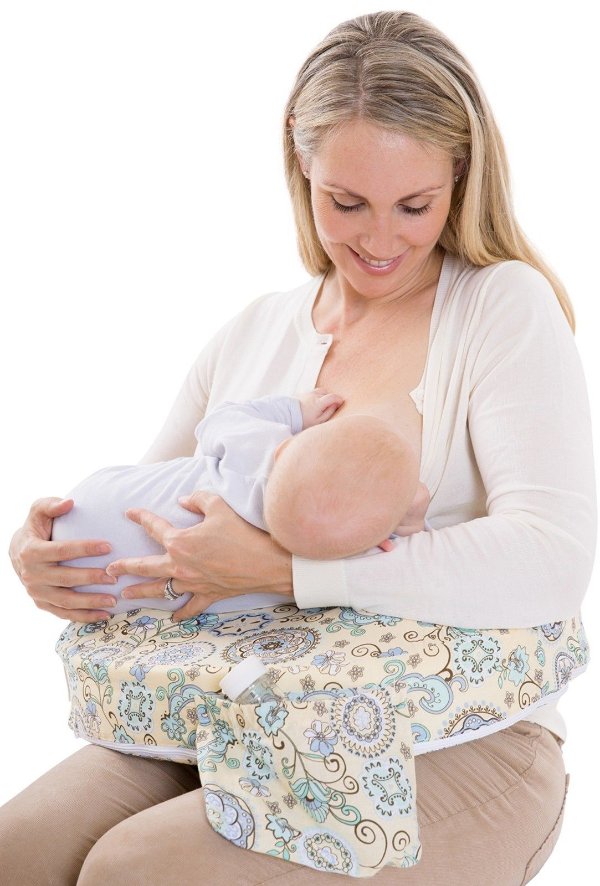 But still, so far so distant and rather vague ... Of great importance for the successful feeding of a child is the amount of knowledge that a woman has about the nature of mother's milk and its enormous significance. nine0005
But still, so far so distant and rather vague ... Of great importance for the successful feeding of a child is the amount of knowledge that a woman has about the nature of mother's milk and its enormous significance. nine0005
Tatyana Konstantinovna Berdikova,
Honored Doctor of the Russian Federation, Candidate of Medical Sciences,
WHO/UNICEF national expert
Child-Friendly Hospital
in the Volgograd Region
It is noteworthy that in recent years women have become less common who do not want to breastfeed their baby, relying entirely on infant formula. As a rule, they either did not breastfeed their first baby, or they themselves were the only child in the family and did not see how the mother breastfeeds her younger brother or sister, and they “fed” their beloved doll from a small bottle that was with her in one kit. nine0005
Mom Irina Alexandrovna Galitsyna, baby Mark Grigoryevich Galitsyn.
July 23, 2015. He is 10 days old in the photo. Photographer Elena Degano
Photographer Elena Degano
NEEDED SUPPORT
That is why antenatal clinics recommend that pregnant women attend a course at the school of future parents, where they are prepared not only for childbirth, but also for the upcoming breastfeeding. Breastfeeding lessons (LF) are necessary for all future mothers (and fathers!), because in the future, when they meet with possible difficulties, they will not be lost, LF will be successful and long, and the child and the whole family will be healthy and happy. nine0005
Sidebar: In recent years, there are fewer and fewer women who do not want to breastfeed their baby
It is extremely important that the first attachment to the breast in the delivery room, and then in the ward, where the baby will be with the mother around the clock. Trained staff will help the mother in the maternity hospital - not only midwives, nurses and doctors, but also an experienced breastfeeding instructor who works in every major obstetric hospital.
At home, the mother will be able to receive consultative assistance by calling the maternity hospital number indicated in the discharge document (24/7), during the day from the specialists of the children's polyclinic. nine0005
FOUR GOLDEN RULES
There are four key points to be observed when positioning the baby at the breast before and during feeding.
The baby's head and torso are in the same plane - "on the same line". If only the baby’s head is turned towards the mother, and his body is turned, then he will not be able to hold the breast for a long time while sucking, it will be difficult for him to keep the neck extended for a long time and at the same time “work”. The baby will remain hungry and will cry.
The baby is closely pressed to the mother's stomach (in the position from under the arm - to the mother's side). It also helps him to hold the breast during the whole feeding and suck milk efficiently. It is important to use this "key" not only when feeding sitting, but also lying down!
Just before the start of feeding, the spout should be in front of the nipple.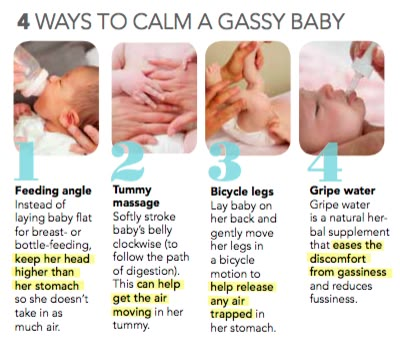 This is important because the baby needs to capture the lower part of the areola first of all (there is more milk accumulates there, and you need to get it from this part of the breast first). At the same time, the baby’s lower lip is turned out, and not retracted, his chin rests on the chest and gently massages it. nine0005
This is important because the baby needs to capture the lower part of the areola first of all (there is more milk accumulates there, and you need to get it from this part of the breast first). At the same time, the baby’s lower lip is turned out, and not retracted, his chin rests on the chest and gently massages it. nine0005
If the baby is positioned correctly at the breast, he will suckle well (not like a bottle with a pacifier or a pacifier). Deeply grasping the mouth and firmly pressing the areola to the sky with his tongue, the baby squeezes the milk into his mouth and swallows it. At the same time, his cheeks are convex and not tense, his mother's chest is not retracted, but rounded, and it is clearly audible how he swallows milk. Already in the second month of life, the baby can look at feeding not only at the breast, but also at the mother's face, and it is very important to establish eye-to-eye contact, talking and gently caressing the little treasure. nine0005
It would be great if mom, dad, grandparents would remember and memorize wise lullabies already during pregnancy, and mom would sing them.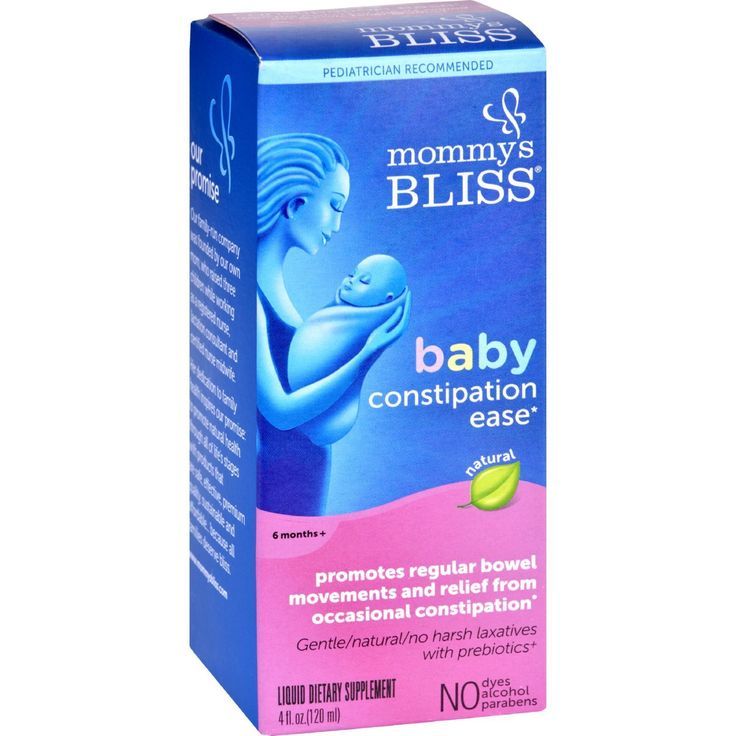 Now the baby will recognize the melody and will peacefully fall asleep to familiar native voices, especially mom and dad.
Now the baby will recognize the melody and will peacefully fall asleep to familiar native voices, especially mom and dad.
BEST POSES
The most successful "start" of breastfeeding is observed in mothers who have undergone prenatal preparation for childbirth and breastfeeding. It turns out that not only the effectiveness of sucking (satiation), but also what the mother will experience when feeding - bliss or pain - depends on how the baby performs the innate reflex "breast capture". nine0005
And more importantly, if the baby is properly attached to the breast and actively empties it, he will not suffer from a lack of milk, because it is the child who sets the rate of mother's milk production for each next feeding. One of the rules of breast milk is that the more milk you lose, the more milk you get.
In practice, many postures are known for successful feeding. The most common and convenient are:
- Classic ("in the cradle"): the mother holds the baby in front of the breast, clasping it with one hand, and with the other gives the breast.
 nine0016
nine0016 - Hand-to-hand feeding is very convenient for two babies at once. The child is on the side of the mother, the legs go back. Under the arm that holds the crumbs, you can put a pillow.
- In the lying position, mother and baby lie on their side facing each other. Mothers sometimes complain that it is inconvenient for them to feed lying down: this usually happens if the mother tries to maintain balance, leaning on her elbow - of course, in this case, the arm gets tired quickly and the body becomes numb. In fact, it is enough just to take a comfortable position, when the mother herself is located on the pillow just lying down, without relying on her elbow. nine0016
- This provision is for older babies older than six months. They usually really like to feed, sitting astride their mother's laps, look at their mother and "communicate" with her without releasing their mother's breasts from their mouths.
- One of the great positions that help both mother and baby relax and unwind as much as possible during feeding.
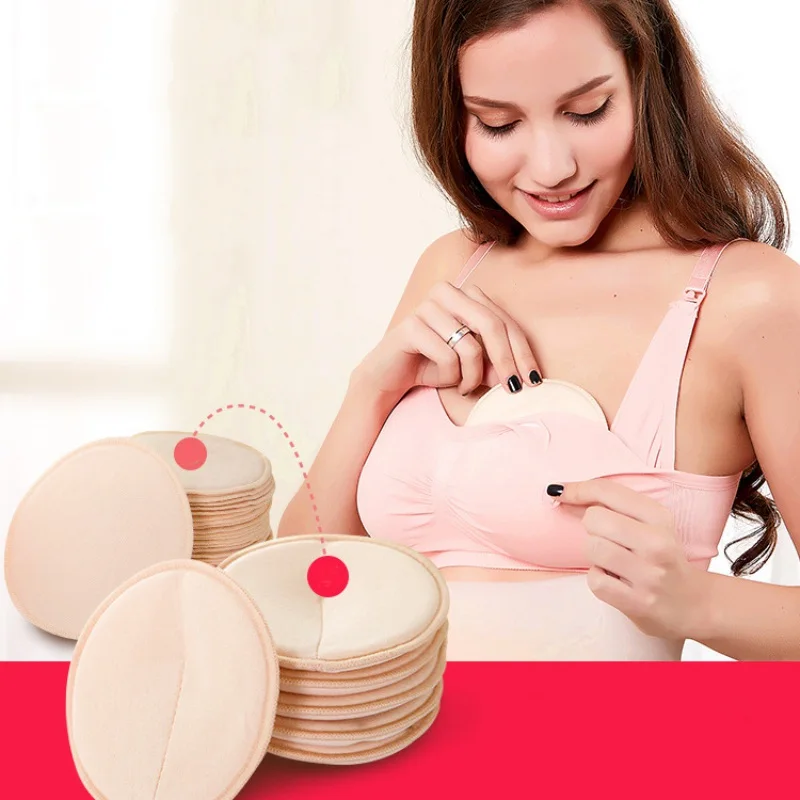
Learn more









